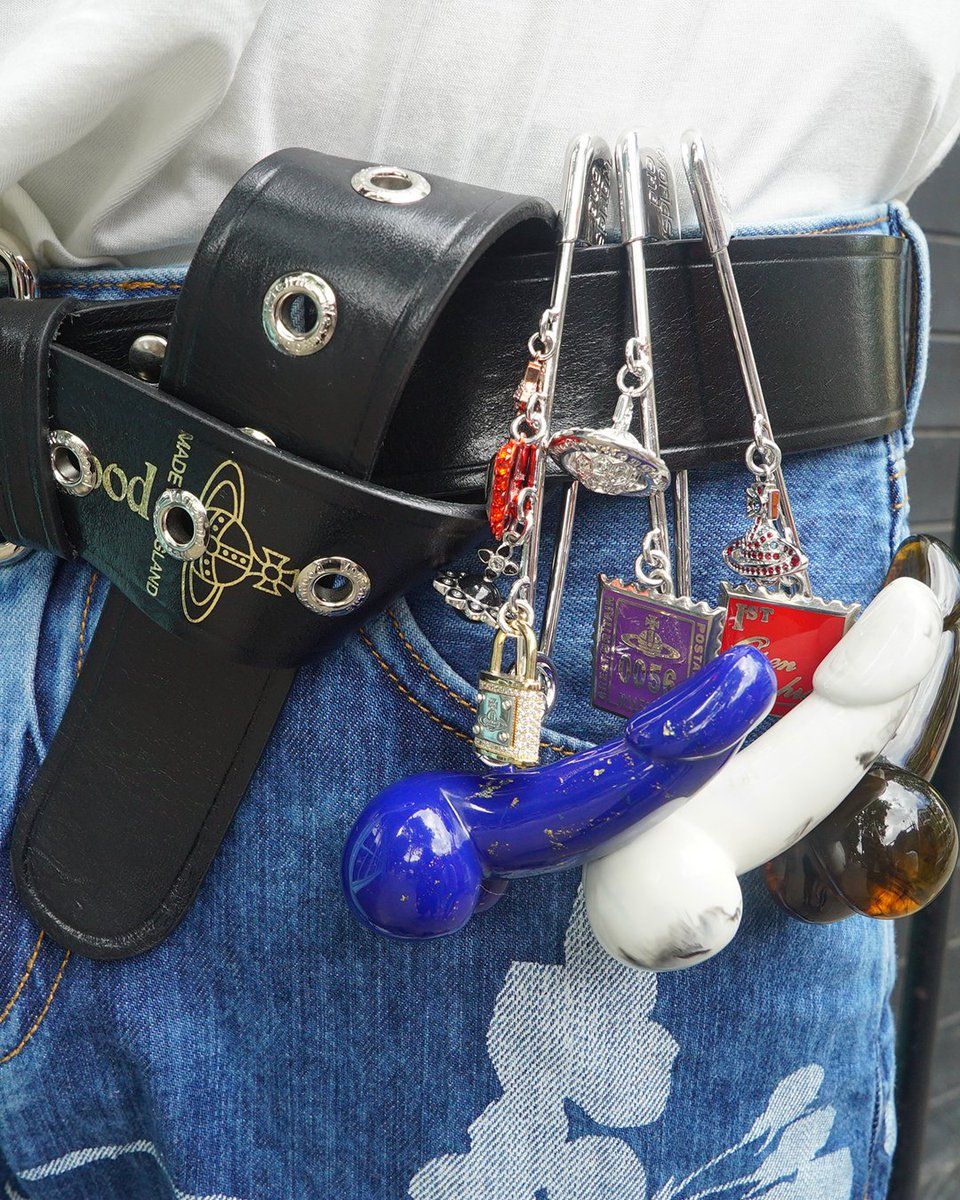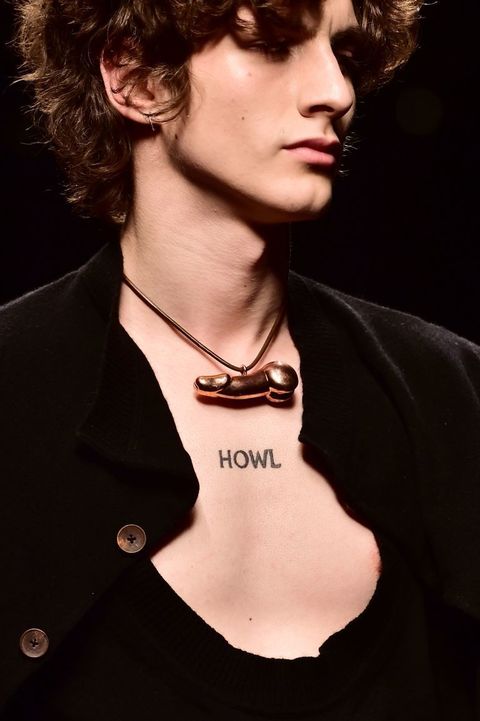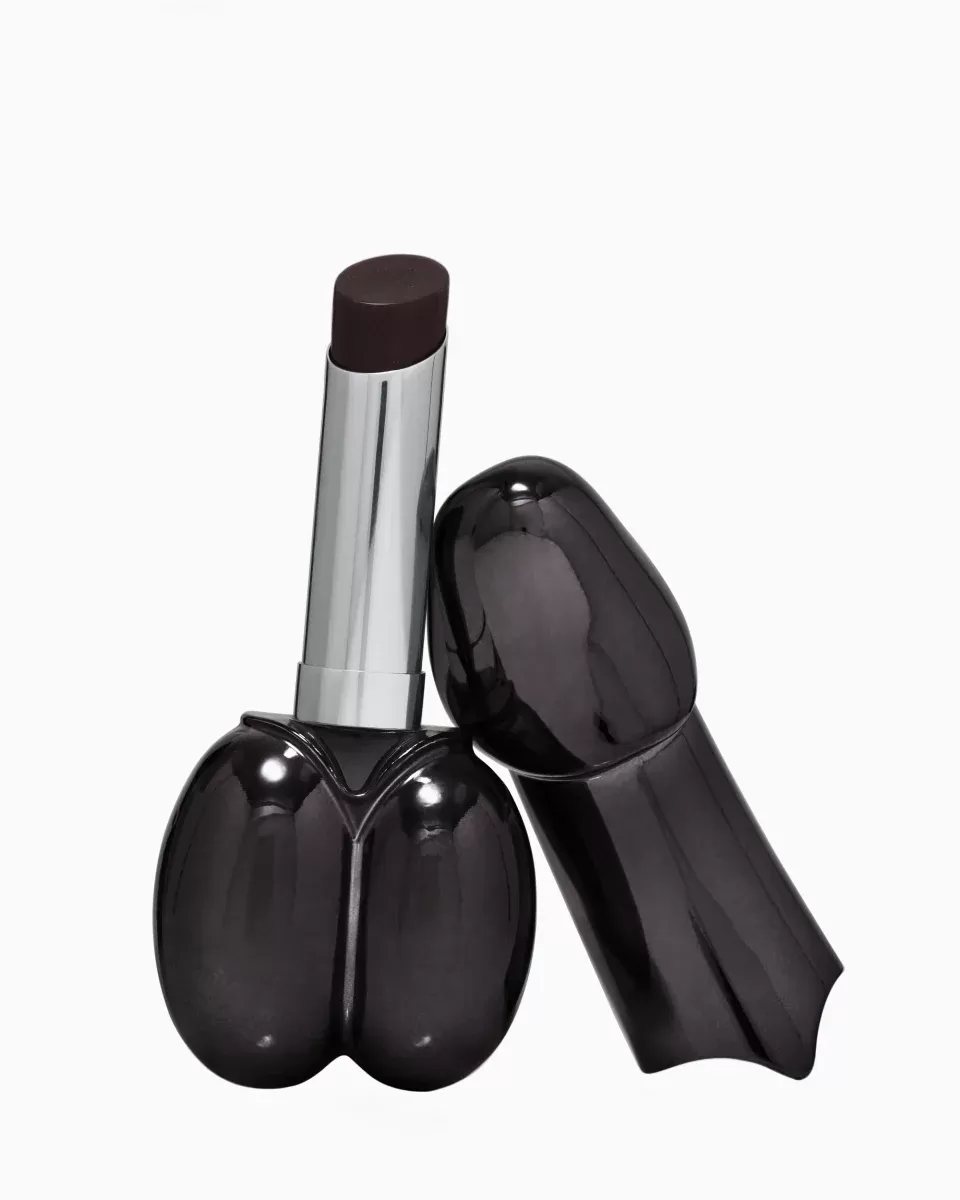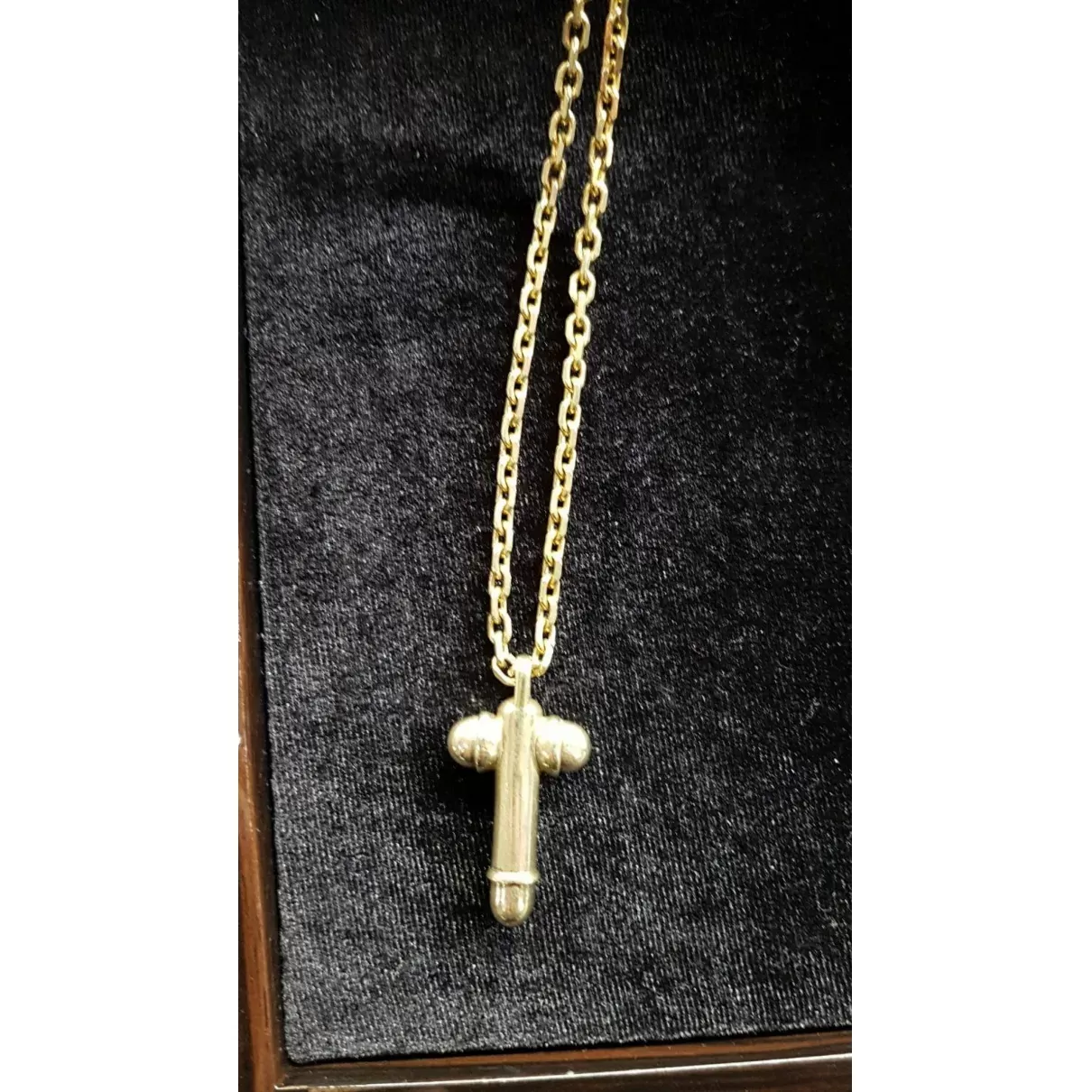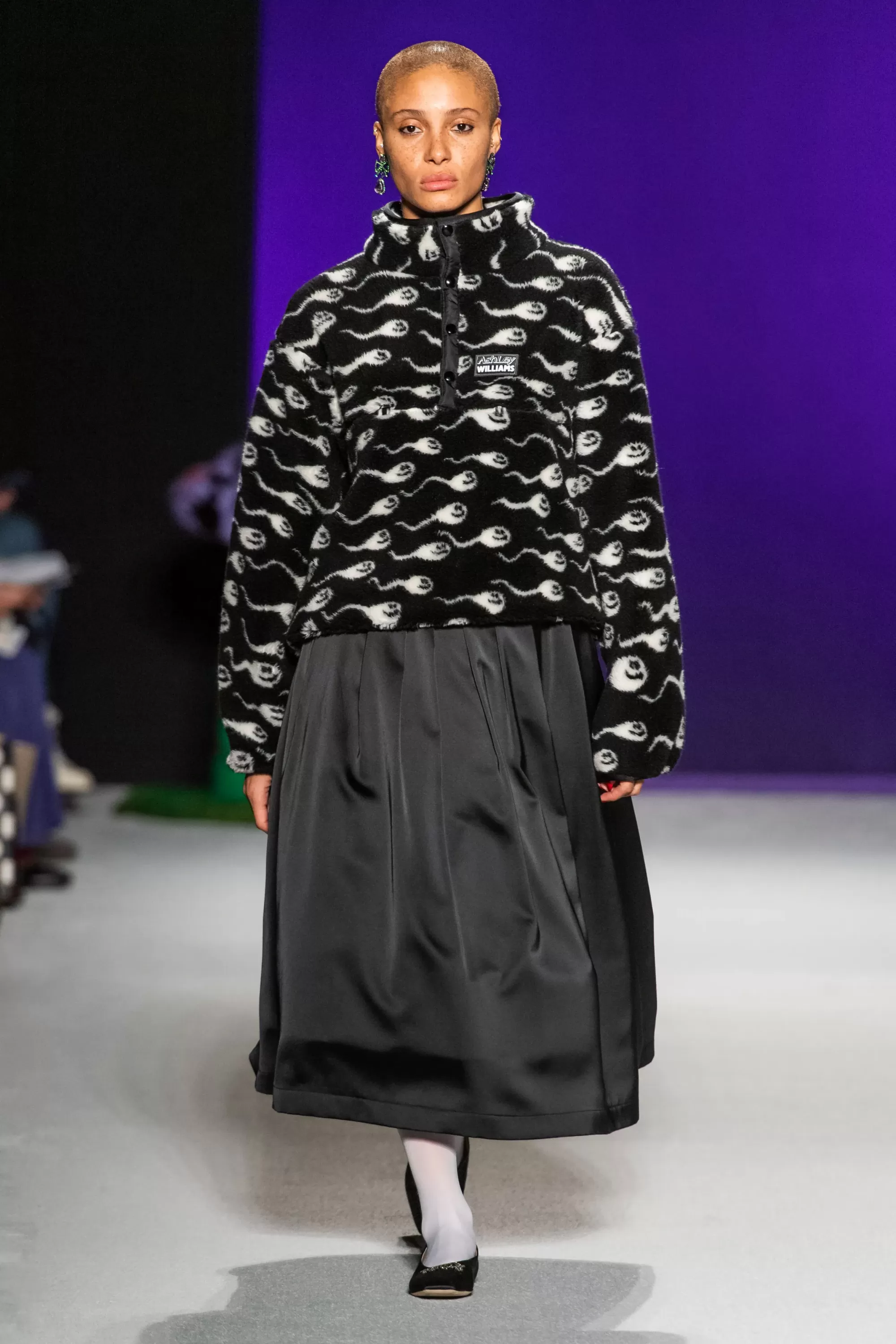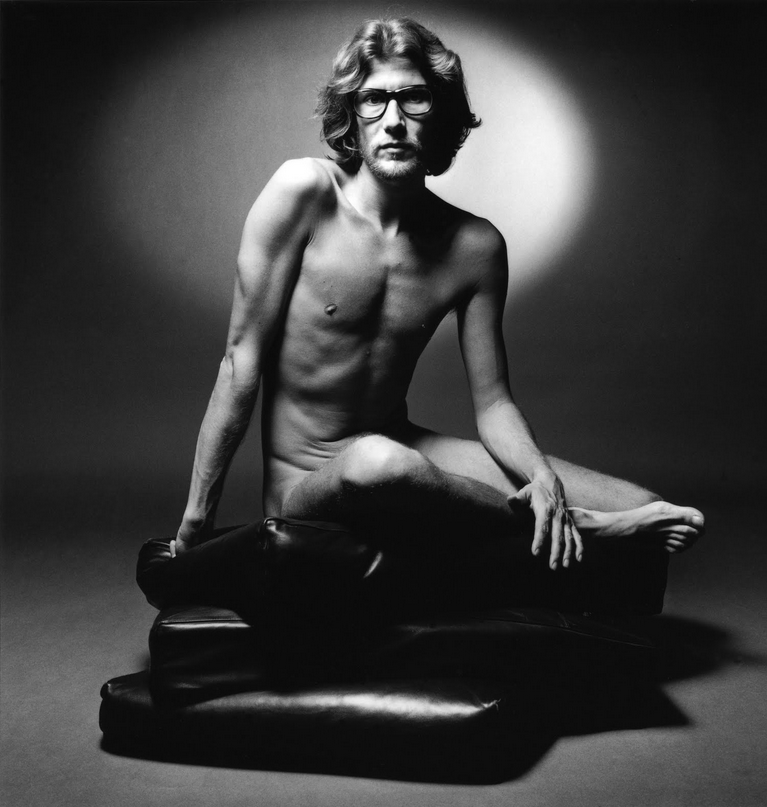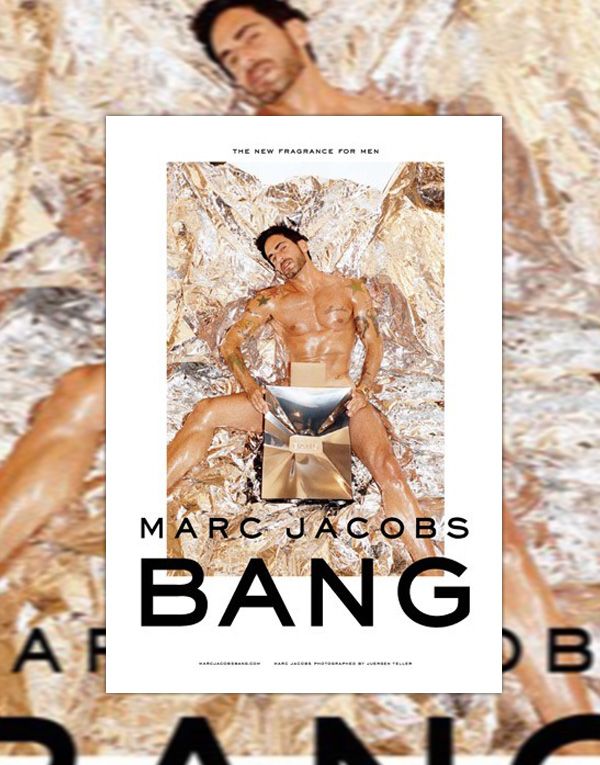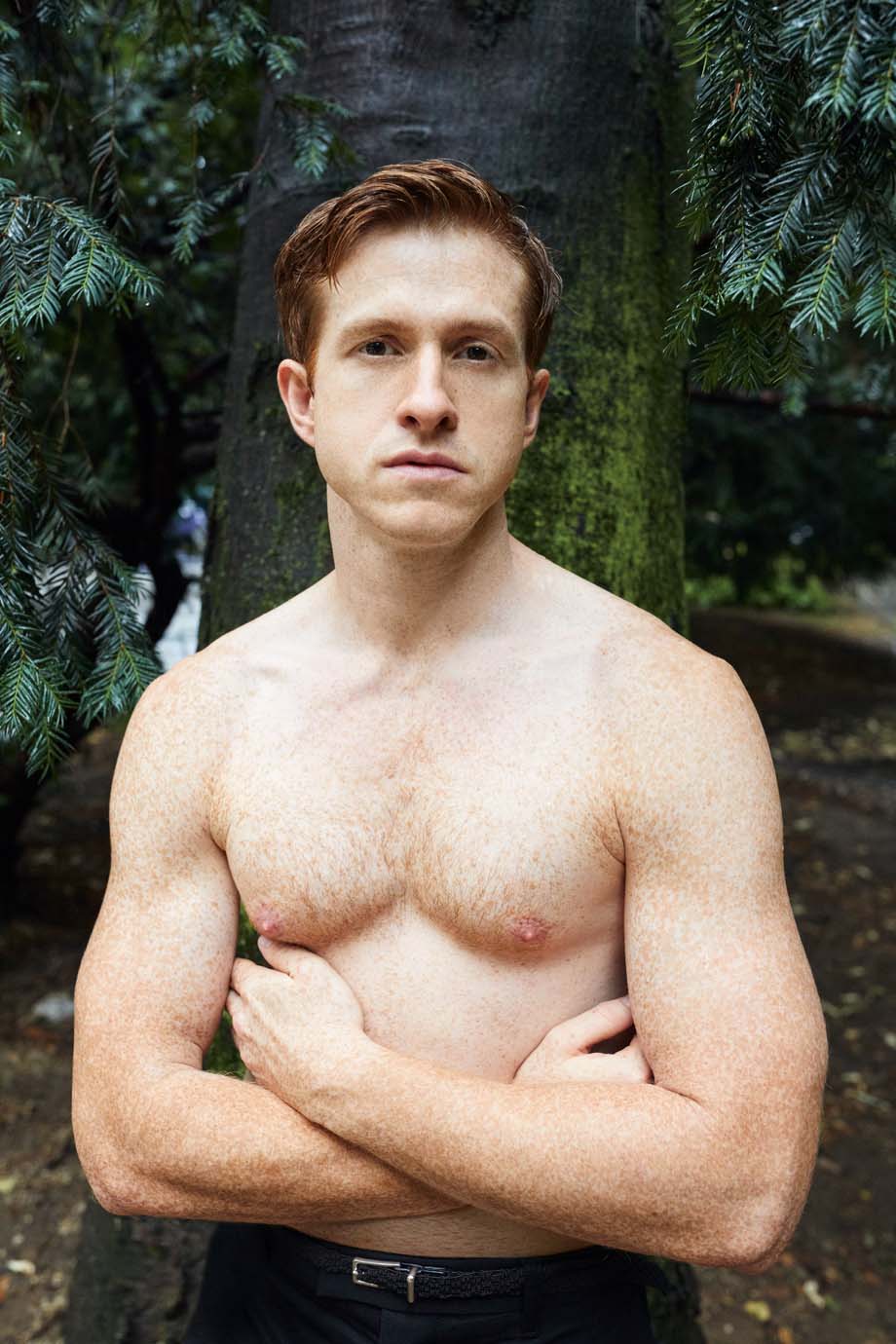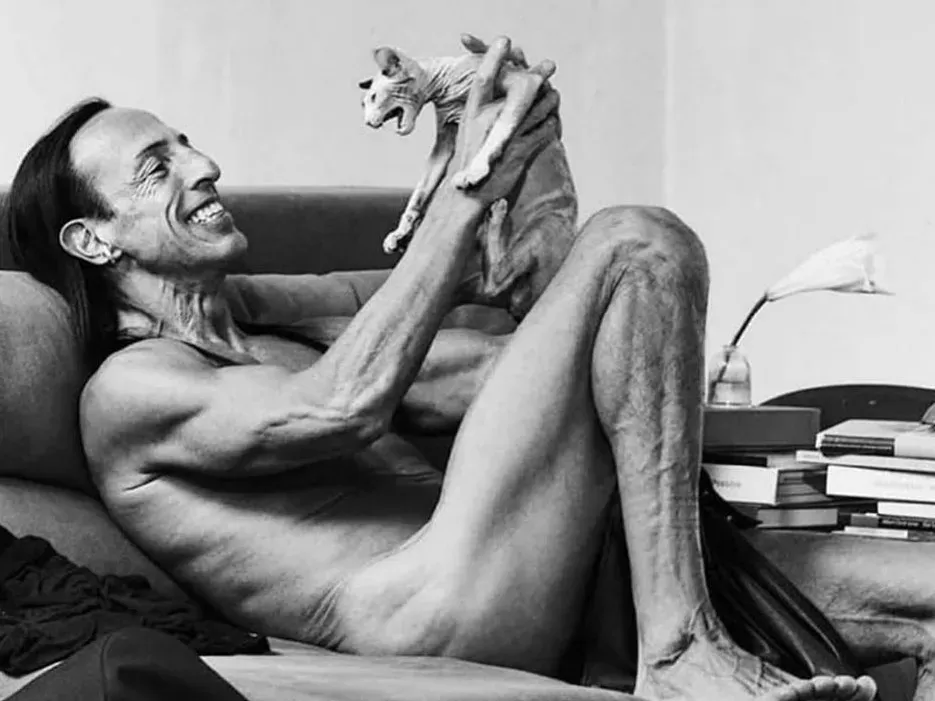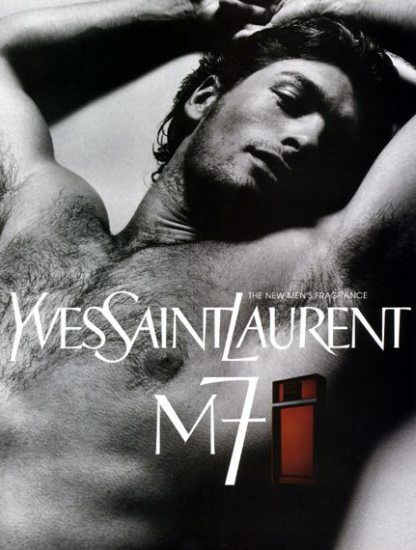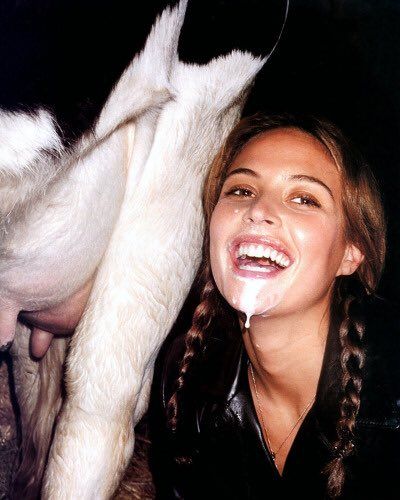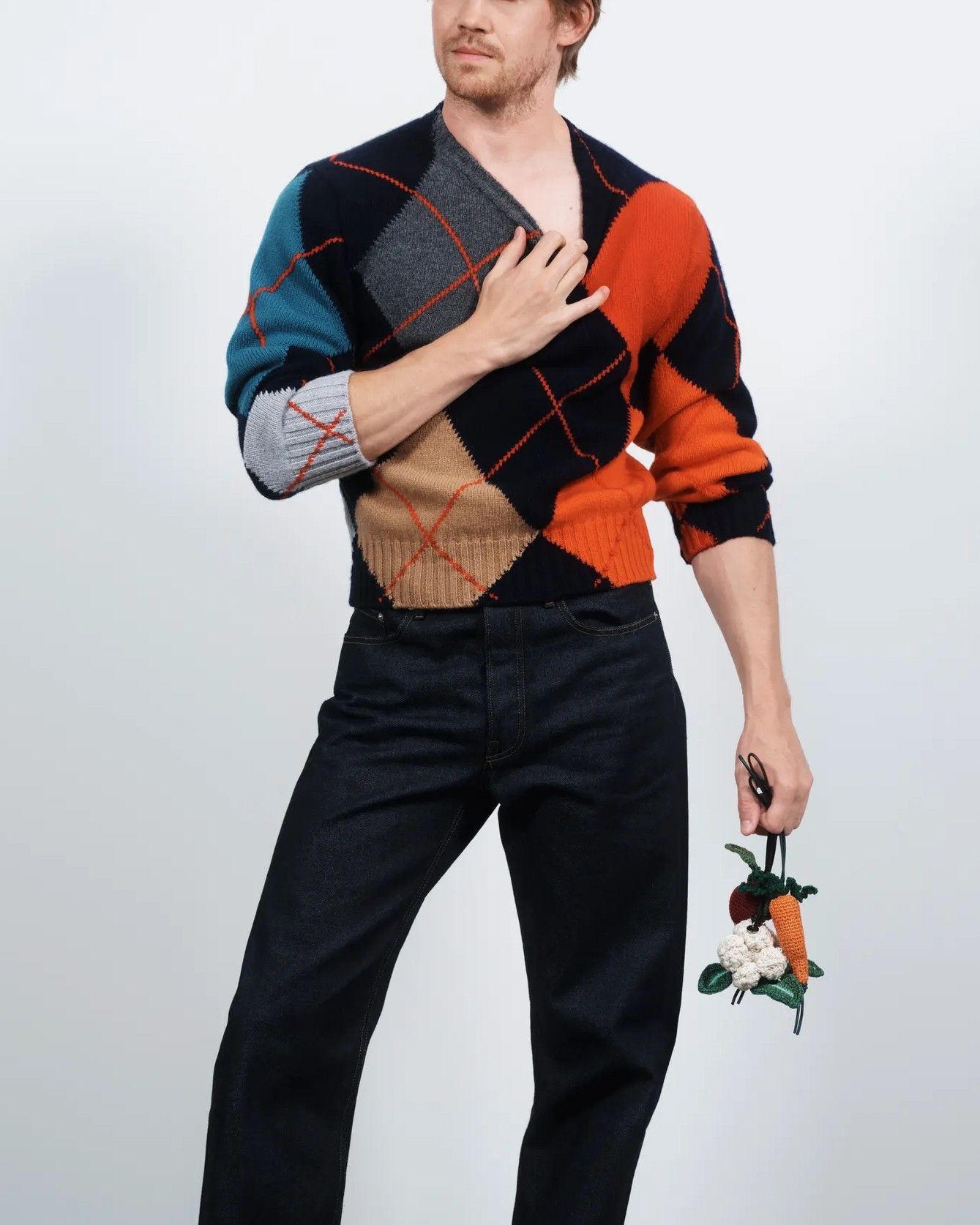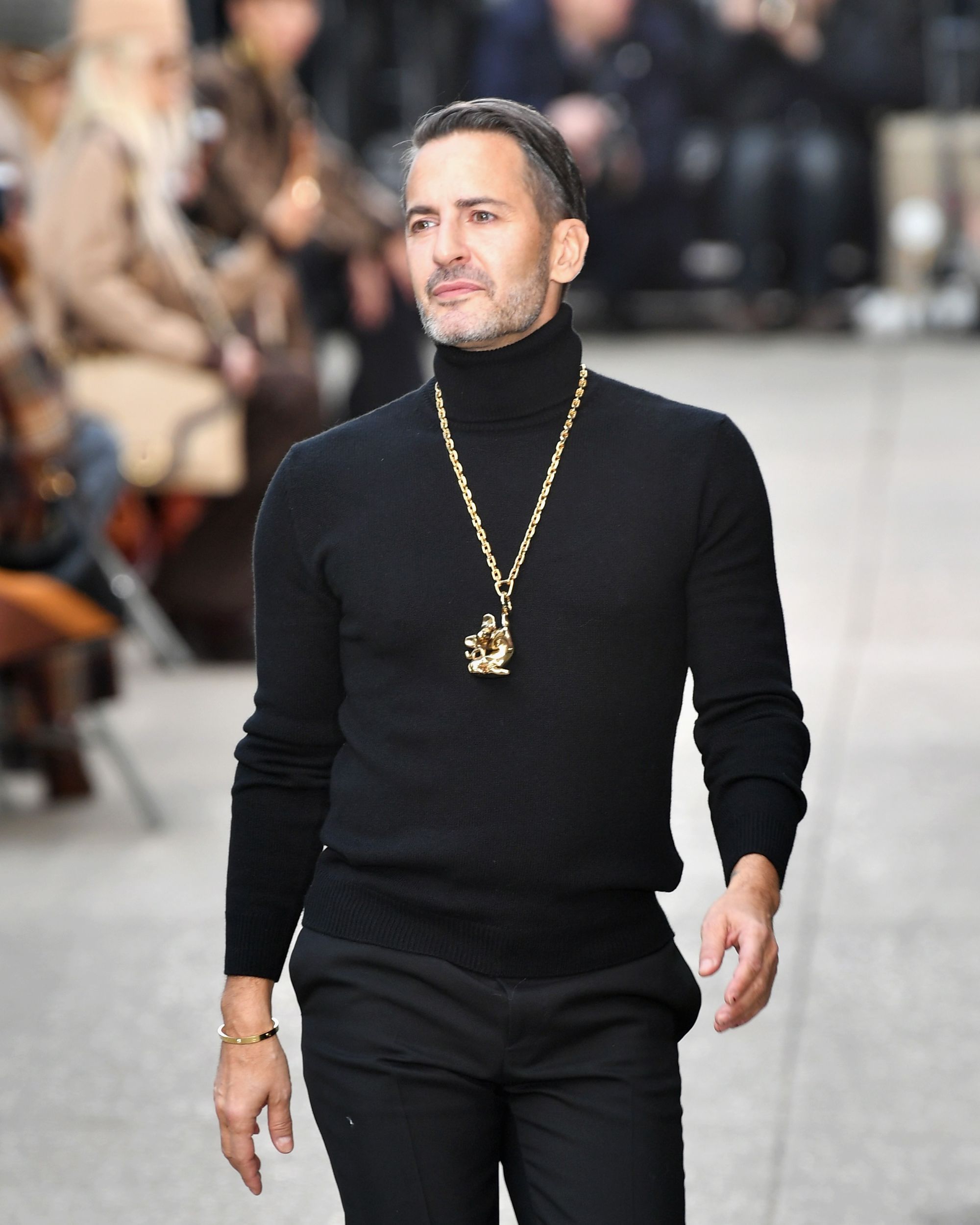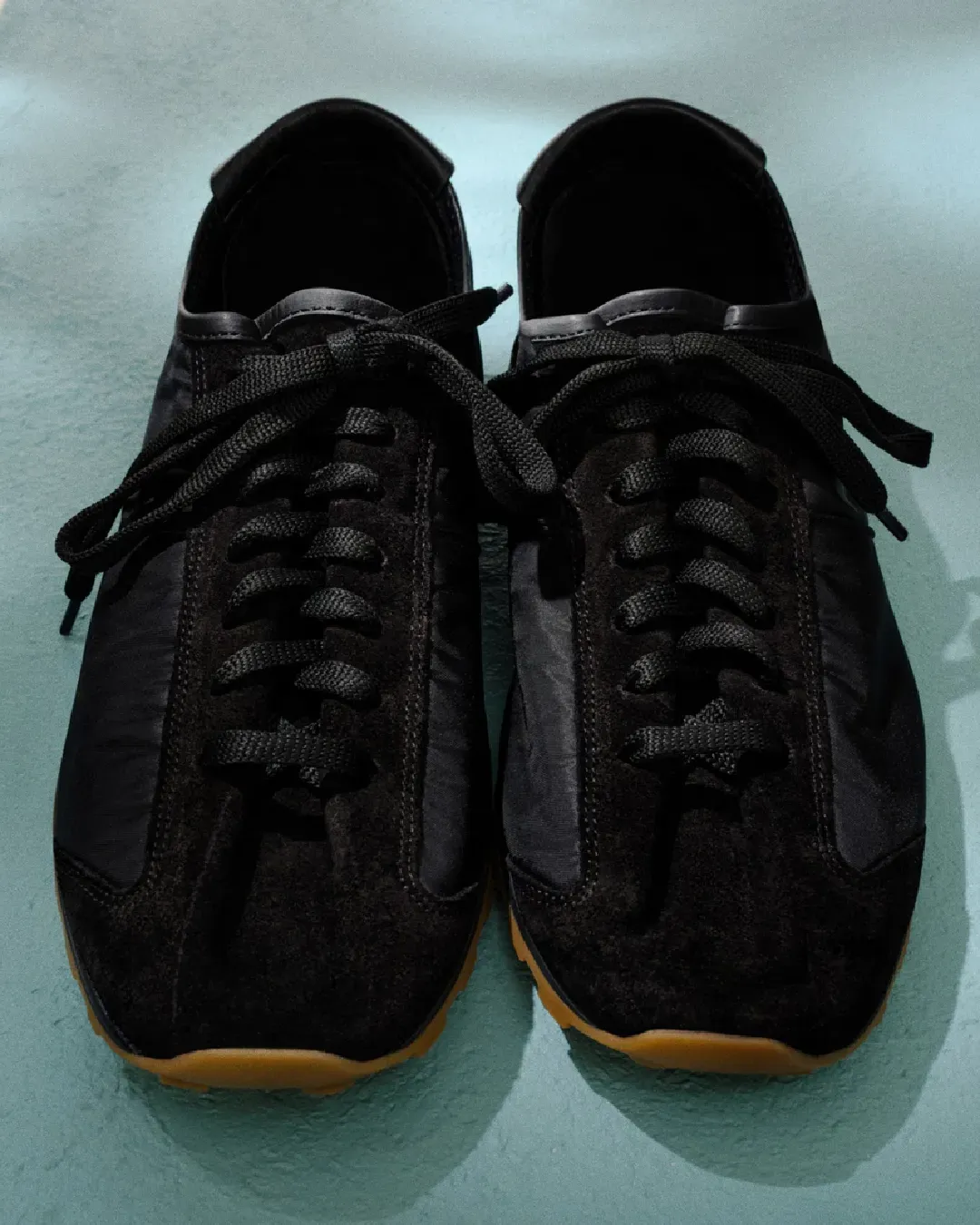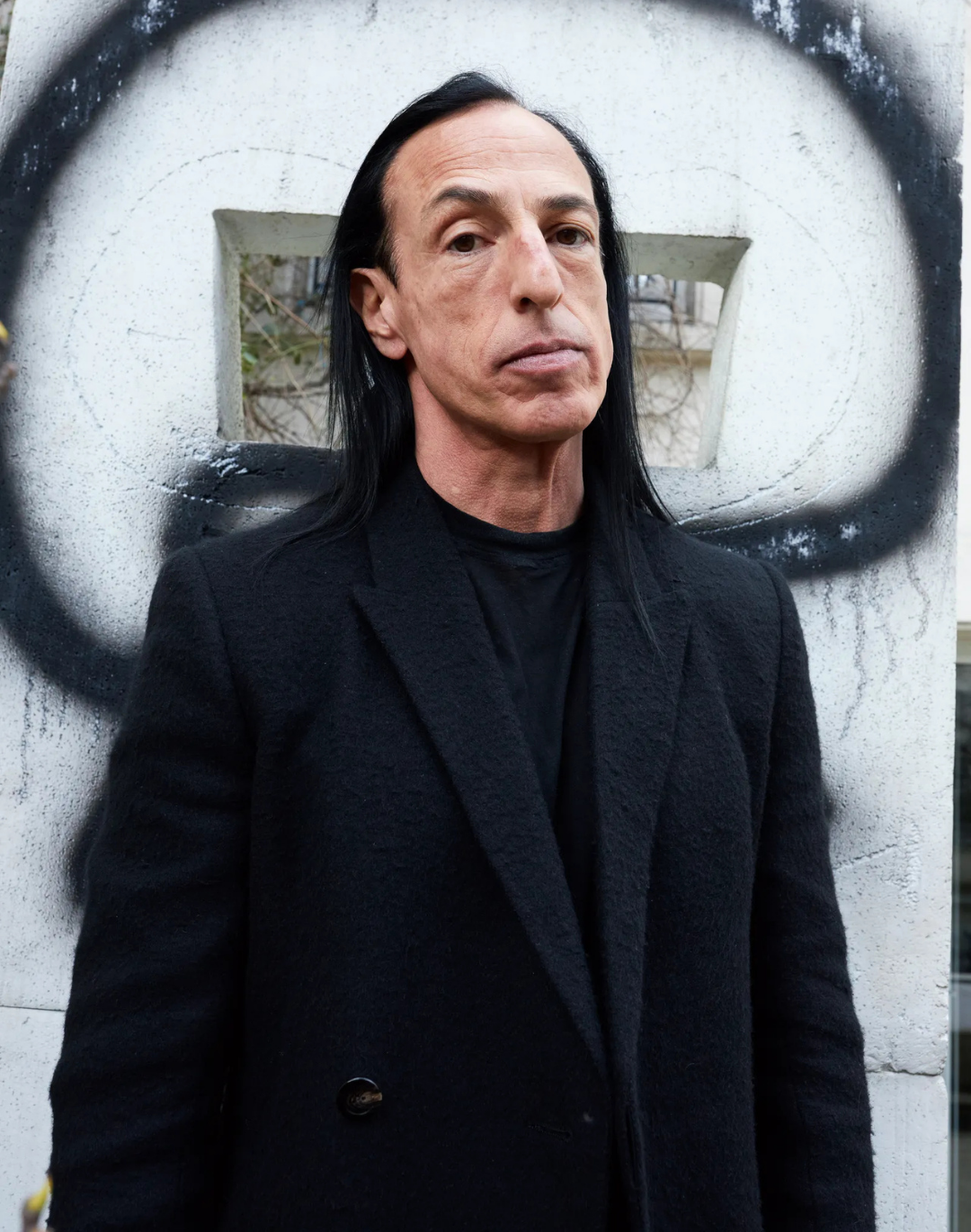
The neglected history of male nudity From Yves Saint Laurent's full nudity to Vivienne Westwood's phallic necklaces
It was 1980 when Paul Schrader wrote a piece of film history with American Gigolo. The young and inexperienced Richard Gere was the only actor who agreed to direct the first male frontal nude in Hollywood history, after a number of more established colleagues had cautiously declined. Playing a prostitute consecrated Gere as a sex symbol, while those few seconds of full nudity became emblematic of a practise that to this day remains uncommon compared to full-frontal female nudity. From Rick Owens' scandalous catwalk in 2015, an apocalyptic reimagining of Carlo Vanzina's Sotto al vestito niente, to Isamaya Ffrench's 'phallic lipsticks' with her Lips collection, taking us through the subversive world of advertising campaigns: like cinema, fashion has often made the celebration of the body a recurring trope, almost obsessive for some stylists. To celebrate Valentine's Day, we take a look back at an unjustly neglected subject, the complete male nude in the history of fashion.
Phallic shapes on the catwalk
Male genitalia has rarely been seen on the catwalk, considering the exorbitant number of runway shows in fashion history. Among the few who have been brave enough to present images of complete male nudity (real or stylised) on stage is, of course, the name Tom Ford. In 2014, the American designer presented pendants in the shape of penises, which caused no small amount of controversy at the time due to their cross shape. A few years later, it was the turn of Vivienne Westwood's phallic pendants and, more recently, JW Anderson's stylised key rings, a decorative accessory to attach to clothing and bags. In 2015, Rick Owens sent his models down the runway in dark tunics and cutouts that revealed genitalia, while Ashley Williams and Christopher Kane took inspiration from "bodily fluids" for their respective collections in 2019.
All the nakedness of the creative directors
Since the dawn of time, creative directors can be divided into two groups: the Margelians, who refuse to surrender their image to the god of marketing in order to give their creations the space they deserve, and the hybrids between the figure of the fashion designer and the influencer ante litteram, who have made their own appearance a brand, often thanks to their nudity. From the 'softer' representations, like a pale and ephebic Ludovic de Saint Sernin in the photos released to announce his new role as creative director of Ann Demeulemeester, to the full nudity of Rick Owens hugging his cat Sphynx, to Riccardo Tisci, Daniel Lee, Matthew Williams, often immortalised shirtless but extremely modest when compared to the scandalous images that made fashion history. In 1971, Yves Saint Laurent showed himself completely naked in an ad for his men's fragrance Pour Homme, looking delicate but revealing on three stacked leather pillows; in the 1990s, the king of catwalk sex, Tom Ford, stripped off and jumped in the shower for Terry Richardson in the November 2007 issue of Out, just as Marc Jacobs decided to show off his well-oiled biceps for Juergen Teller in the ad for his new fragrance BANG. 'Photograph me as one of your French girls', that what we say in such cases, right?
Male gender in fashion campaigns
During his tenure at Gucci, Tom Ford transformed the brand into a symbol of sexy luxury, with models constantly walking around in thongs and campaigns that flirted on the edge of pornography. The designer rightly applied the same ethos to menswear, entrusting the FW01 campaign to photographer Terry Richardson. The result is a striking image that has rightly gone down in the list of the most talked-about campaigns in history: a tattooed model clutching the end of his logo belt as if it were his limb. Richardson continued the tongue-in-cheek campaigns by teaming up with Sisley in 2001. The shots show model Josie Maran ingesting milk directly from a cow's udder. The 2002 Yves Saint Laurent commercial was the brand's first spot to feature male nudity. The poses of Samuel de Cubber were reminiscent of Saint Laurent's own nude shots from 1971. The ad was created under the creative direction of Tom Ford: «Perfume is worn on the skin - Ford explained in a press release at the time - so why hide the body?». The following decade was full of sex-centric imagery, from Calvin Klein to Diesel, but for a new example of the desecration of male nudity in skin, we had to wait for SS17 by Eckhaus Latta and his images of real couples having sex, appropriately pixelated. The campaign, photographed by Heji Shin, underlined how clothing - or the lack of it - marks the most personal moments in a person's life.










































